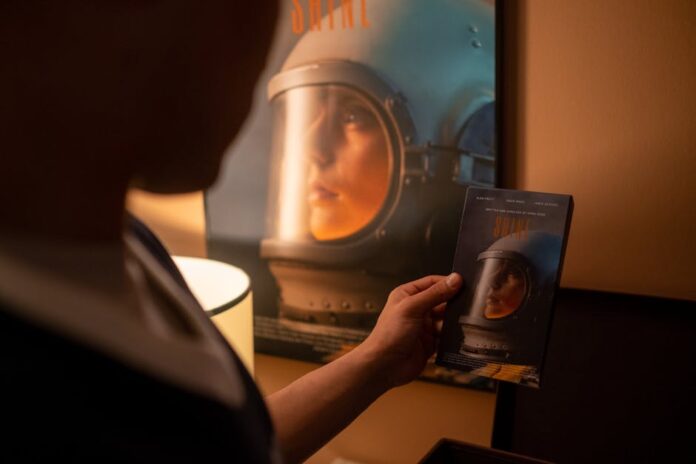⏱️ 4 min read
Movie posters have been an integral part of film marketing since the early days of cinema, serving as both artistic expressions and promotional tools. These iconic pieces of advertising art have their own fascinating history and hidden details that many movie enthusiasts might not know about.
The First Hand-Painted Movie Poster
In 1890, French artist Jules Chéret created the first hand-painted movie poster for a short film called “Projections Artistiques.” This revolutionary artwork established the foundation for movie poster design and influenced the entire industry. The poster featured vibrant colors and dynamic composition, setting a standard that would be followed for decades to come.
The Million-Dollar Star Wars Treasure
An original 1977 Star Wars poster designed for the film’s release in the United States became one of the most valuable movie posters ever sold. In 2017, it fetched $498,000 at auction, making it the most expensive movie poster of the modern era. Only a handful of these original posters remain in mint condition.
Hidden Meanings in Polish Movie Posters
During the Communist era, Polish movie poster artists developed a unique, highly symbolic style of design. Unable to use Hollywood promotional materials, they created surreal, artistic interpretations that often had little resemblance to the actual films but contained hidden political messages and social commentary.
The Drew Struzan Revolution
Legendary artist Drew Struzan revolutionized movie poster design in the 1970s and 1980s with his distinctive hand-painted style. His work includes iconic posters for Star Wars, Indiana Jones, and Back to the Future. Struzan’s technique of combining multiple scenes and characters into a single composition became industry standard.
The Saul Bass Minimalist Movement
Graphic designer Saul Bass transformed movie poster design in the 1950s with his minimalist approach. His groundbreaking work for Alfred Hitchcock’s films, particularly “Vertigo” and “Psycho,” demonstrated how simple geometric shapes and bold colors could create powerful promotional imagery.
The Floating Head Phenomenon
The “floating head” design became prevalent in the 1990s and continues today. This style features the main characters’ heads arranged in a hierarchical order, typically with the star’s face largest and most prominent. This trend began as a way to satisfy actor contracts requiring specific sizing of their images on promotional materials.
The Banned Moon Landing Poster
Stanley Kubrick’s “2001: A Space Odyssey” original poster was banned in some countries for being too psychedelic. The studio had to create alternative versions that were less abstract and more conventional to appeal to mainstream audiences, though the original design is now considered a masterpiece of poster art.
The Photoshop Color Revolution
The introduction of digital design tools in the 1990s led to specific color trends in movie posters. The most notable was the orange and blue contrast scheme, which became so prevalent that it sparked criticism for making posters look too similar. This combination is used because it creates maximum visual impact due to the colors being complementary.
The Legal Requirements Mystery
Movie posters must follow strict legal guidelines regarding credit placement and size. The “billing block” – the list of credits at the bottom of the poster – is governed by contracts that specify exact measurements for each name’s size and position. This often influences the overall design of the poster.
The International Adaptation Challenge
Movie posters are frequently redesigned for different international markets based on cultural preferences and taboos. For example, Chinese movie posters often feature more red, as it’s considered lucky, while some Middle Eastern countries require modifications to remove certain imagery or text that might be culturally sensitive.
The Lasting Impact of Movie Poster Art
These fascinating aspects of movie poster history and design continue to influence modern marketing strategies in the film industry. From the early hand-painted masterpieces to today’s digital creations, movie posters remain a crucial element of film promotion and an art form in their own right. They serve not only as advertising tools but also as historical artifacts that reflect the evolution of graphic design, cultural values, and cinema itself.
As the film industry continues to evolve with digital streaming platforms and new marketing channels, movie posters adapt while maintaining their significance as collectible pieces of art that capture the essence of storytelling through visual design.

